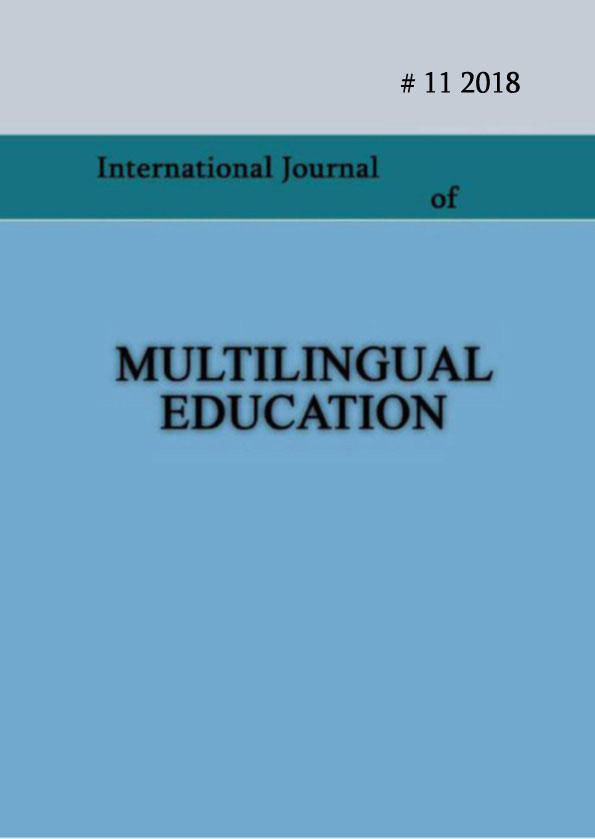Integration of the Georgian Language and Mathematics in the Bilingual Teaching System
Keywords:
multilingualism, bilingualism; teaching; Georgian language; mathematics; integration.Abstract
Finding interdisciplinary links between language and mathematics attracts particular interest. Such interest is caused by the fact that the language is the basis of any perception process as the consciousness exists only within the language scopes and in the solving of any problem applying to the mathematic approach, mathematical thinking results in a new level of perception. In this respect, integration of the Georgian language and mathematics is of certain interest. Many issues of bilingual teaching in the didactic-methodic context can be solved very successfully on the basis of the integrated teaching of the Georgian language and mathematics. In our opinion, such integration, in the context of multilingual education, for the activation of the bilingual education process, is of great significance. The point is that integrated teaching of mathematics and the Georgian language clearly demonstrates common, general regularities of mathematics and Georgian and this, on the basis of simple observations and analysis, will help the student to find similar regularities in his/her native language and this is the main goal of bilingual teaching. Here observation, analysis and other methods of thinking are used naturally and not artificially, resulting in a natural character of the student’s bilingual perception: isomorphism of relations between the mathematical and the Georgian language concepts are also revealed. Therefore, such integration can play a decisive role in the activation of bilingual teaching and this is the absolute guarantee of good results regarding the bilingual teaching.
References
Gabunia, 2010 - Kakha Gabunia, Specificities of Content and Language Integrated Teaching in Bilingual Classroom Setting: Journal Bilingual Education, #1, 2010. Tbilisi.
Mehisto, Frigols, Marsh, 2008 - Peeter Mehisto and Maria Jesus Frigols and David Marsh, Uncovering CLIL; Macmillan Books for Teachers, 2008.
Coyle, Hood, Marsh, 2010 - Do Coyle, Philip Hood, David Marsh, CLIL (Content and Language Integrated Learning); Cambridge, 2010.
Published
How to Cite
Issue
Section
License
Copyright (c) 2018 Mzia Khvedelidze , Levan Jinjikhadze , Jemal Jinjikhadze

This work is licensed under a Creative Commons Attribution-NonCommercial 4.0 International License.
Copyright (c) - Authors who publish with this journal agree to the following terms: Authors retain copyright and grant the journal the right of first publication with the work simultaneously licensed under a Creative Commons Attribution-Noncommercial 4.0 International License, which allows others to share the work with an acknowledgement of the work's authorship and initial publication in this journal. Authors are permitted and encouraged to post their work online (e.g., in institutional repositories or on their personal website) prior to and during the submission process, as it can lead to productive exchanges, as well as earlier and greater citation of published work (see The Effect of Open Access). Authors may enter into separate, additional contractual arrangements for the non-exclusive distribution of the journal's published version of the work (e.g., post it to a repository or publish it in a book), with an acknowledgement of its initial publication in this journal.

